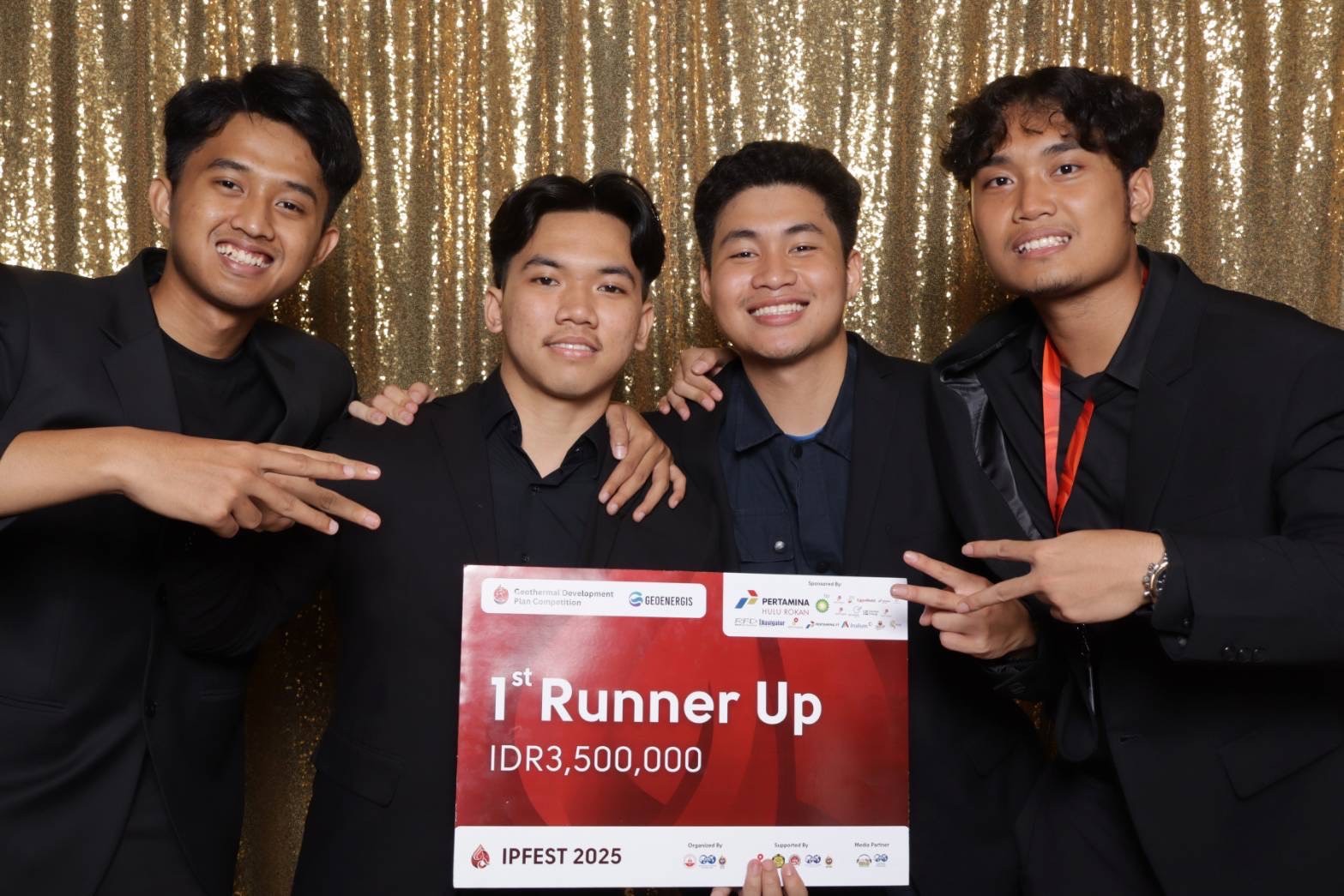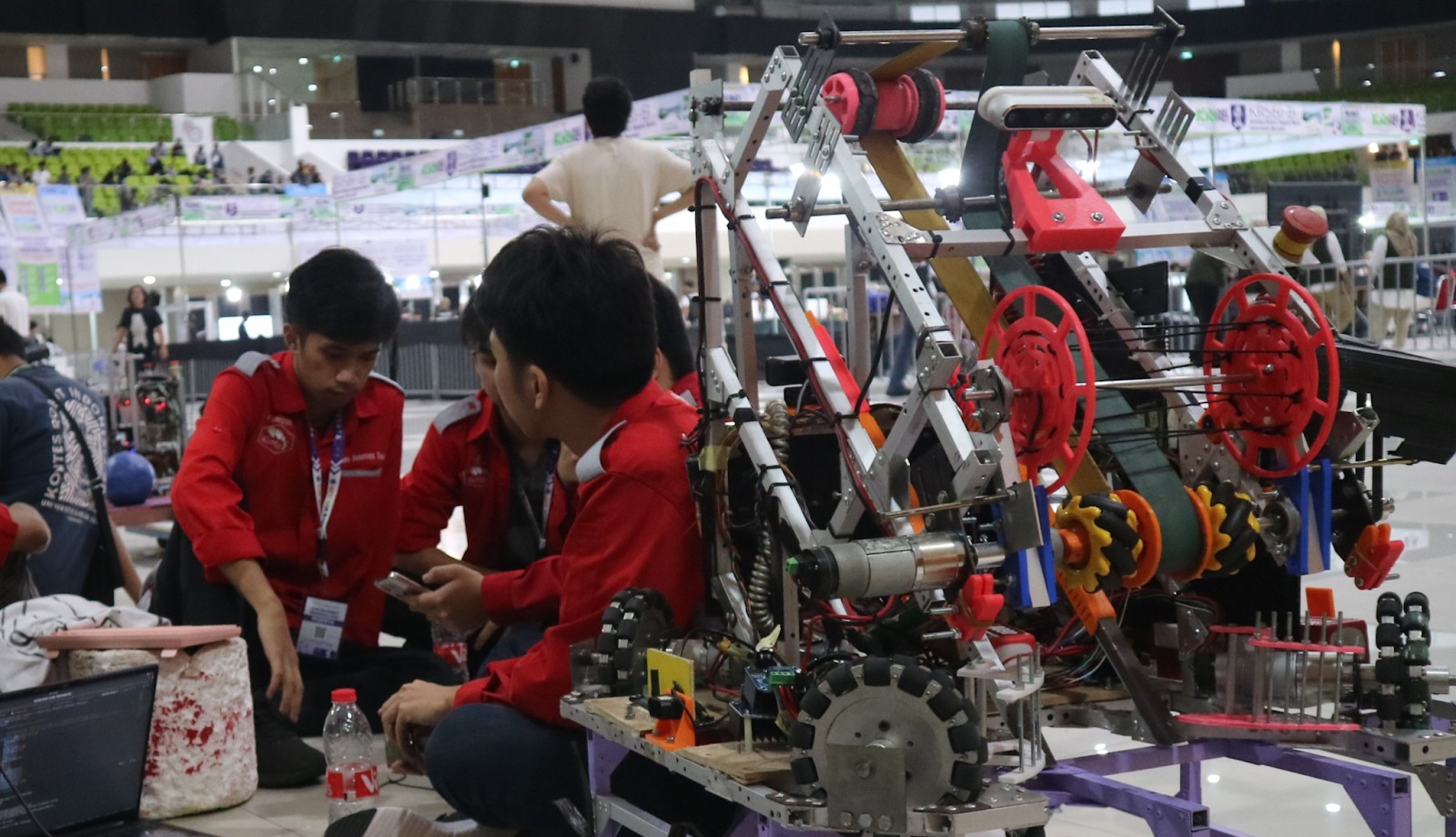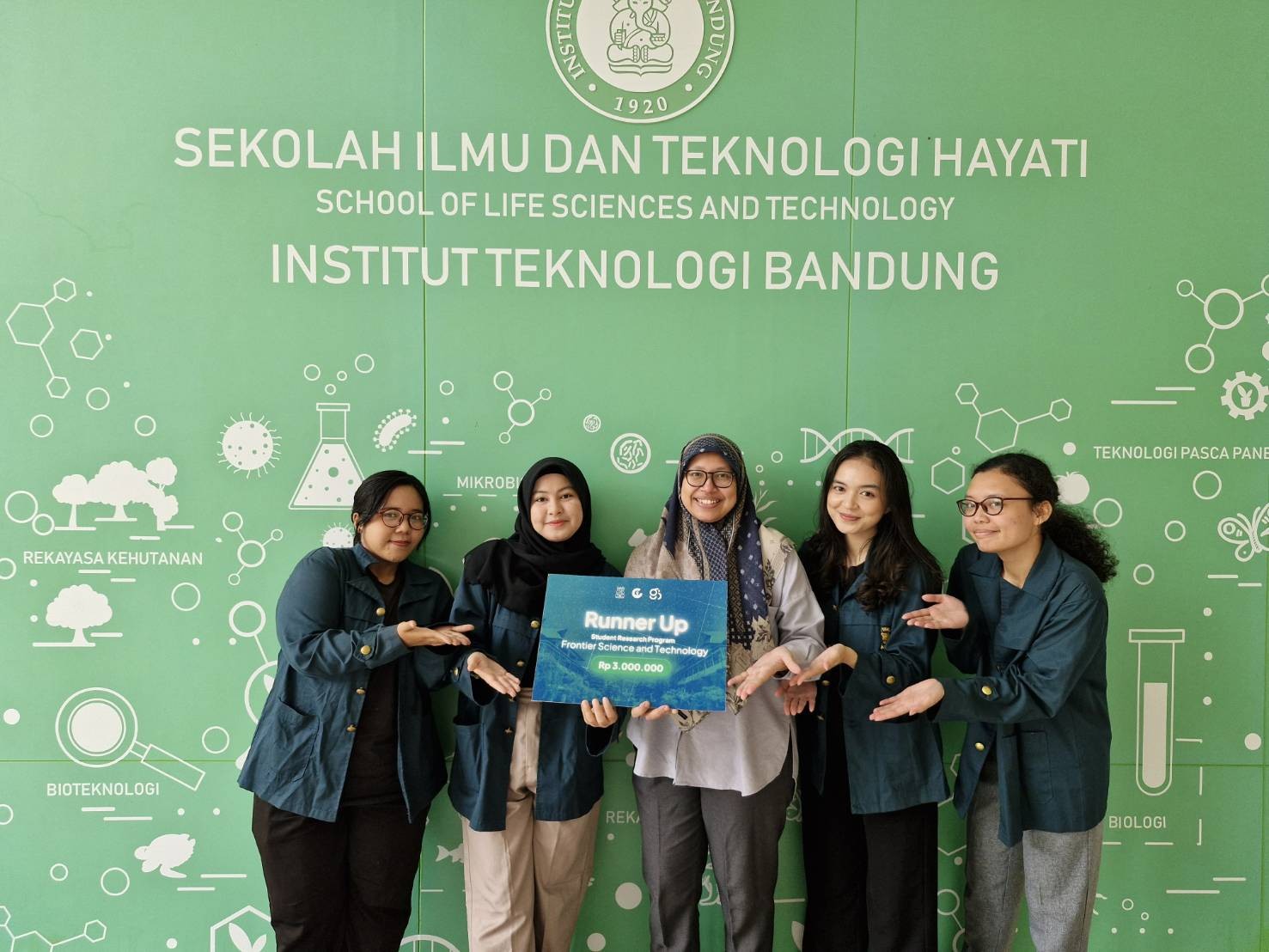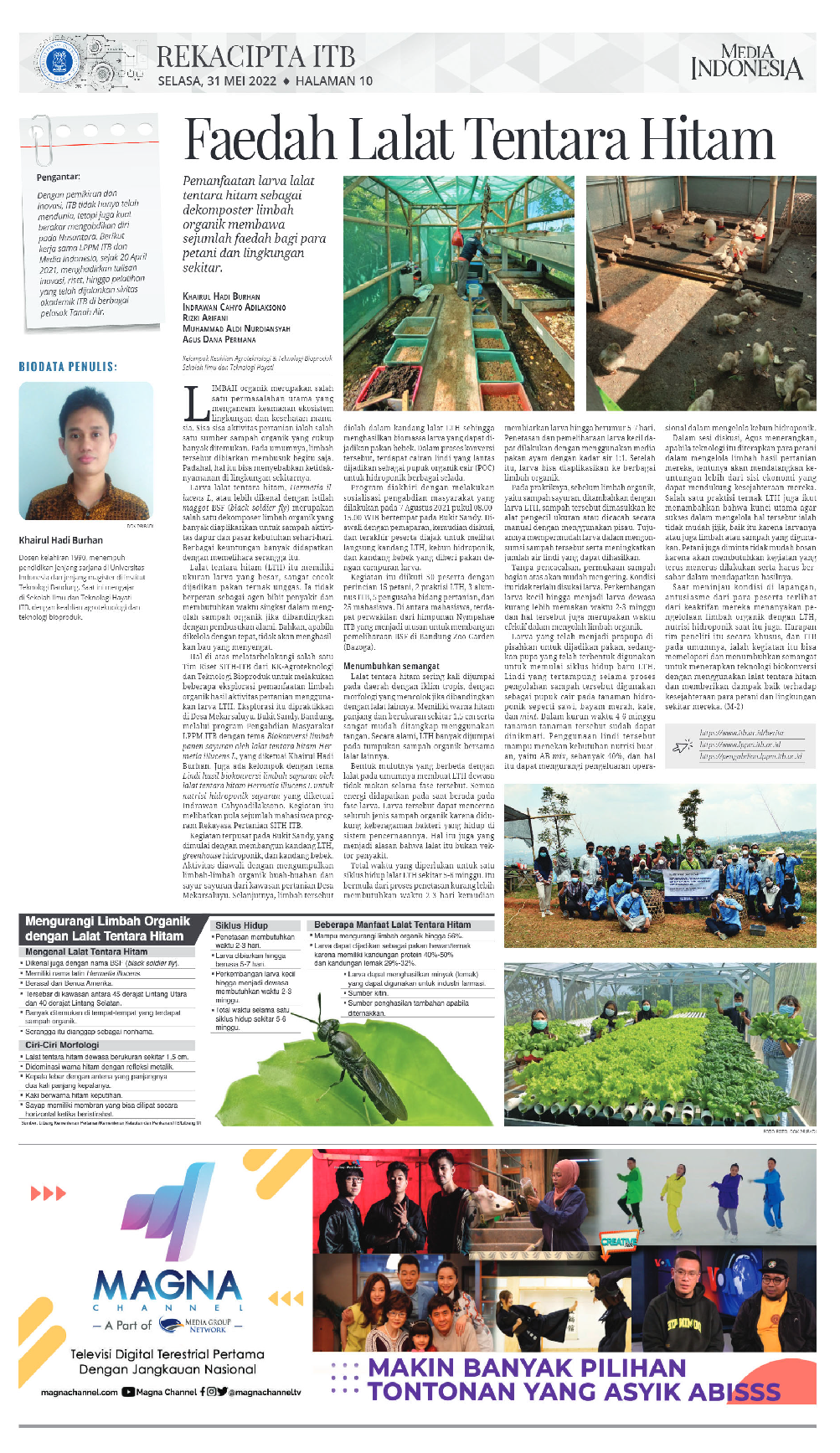Professor from Kyoto University Uncovers the Ways to Reduce Carbon Emissions in Indonesia
By Adi Permana
Editor Adi Permana
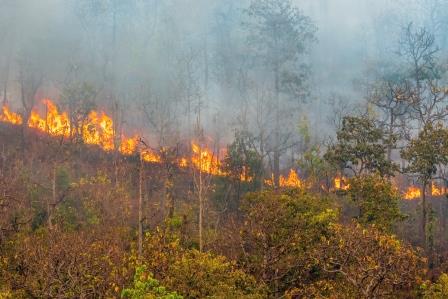
BANDUNG, itb.ac.id – Various human activities such as using fossil fuel and burning forests produced carbon dioxide, a dangerous air pollutant. For example, there is a prediction that Central Kalimantan will make 340 Mt of carbon dioxide from 2005 to 2030 due to peat fire and land-use changes. With the urgency of Indonesia is ranked 5th as the world's largest carbon dioxide producing country, a solution to deal with carbon emissions needs to be made.
"Therefore, we need to implement the MRV program," said Prof. Masahiro Kawasaki from Kyoto University in the webinar “Field Monitoring of Greenhouse Gas and Air Quality in Indonesia” held by ITB Faculty of Civil and Environmental Engineering (FCEE). Tuesday (11/19/2021).
The Emeritus Professor at Kyoto University, Japan, explained that MRV stands for Measuring, Reporting, and Verification. The program focuses on data collection and predicting carbon dioxide concentrations in the atmosphere.
As a researcher at the Research Institute for Humanity and Nature Japan, Prof. Kawasaki conducted various researches on atmospheric chemistry, air quality measurements, and photoreaction dynamics. He explained that he applied the three studies to MRV programs to mitigate the effects of excessive carbon dioxide on the environment.
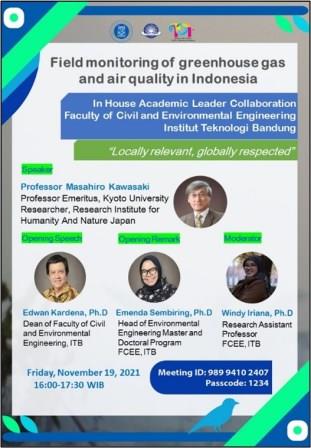
Global emissions were increased by 35 Gt in 2020, causing one of the impacts of excessive greenhouse gases, global warming. The source of global emissions can be natural or anthropogenic activities. In Kalimantan, residents often suffer from the haze from forests and peat burners. It decreases visibility and is harmful to the environment and public health. In addition, the fog can spread to other countries such as Singapore and the Philippines. Therefore, we need to minimize greenhouse gas emissions to reduce their impact on the earth's temperature and environment.
MRV measurements of forest and peat burning depend on the type of combustion, i.e., heat and cold. Heat burning is carbon neutral, causing drought and forest fires, while cold burning is carbon loss, causing soil decomposition in aerobic conditions.
"Both contribute to carbon dioxide emissions in Indonesia, but the impact on the environment is different; restoring the damage of heat burning is possible over a long enough period, while cold burning results in permanent damage to the environment," said Prof. Kawasaki.
One of the MRV programs is satellite observations that detect the location of air pollution and the intensity of emissions. There is also a field sampling program with sensors to record greenhouse gas concentrations and environmental visibility affected by the number and size of gas particles. Groundwater observation can also predict the occurrence of forest fires; Altitude measurements not only control heat and cold fires but also predict and prevent burning events.
MRV has a role in Indonesia’s policies of reducing carbon dioxide and greenhouse gas emissions. From implementing MRV-based programs, carbon reduction in the country can contribute to the carbon market in the future. "MRV measurements need to be done in Indonesia. And right now, there are more cheap alternative options than ever before to implement."
Reporter: Ruth Nathania (Teknik Lingkungan, 2019)
Translator: Aghisna Syifa R (Biologi, 2020)



